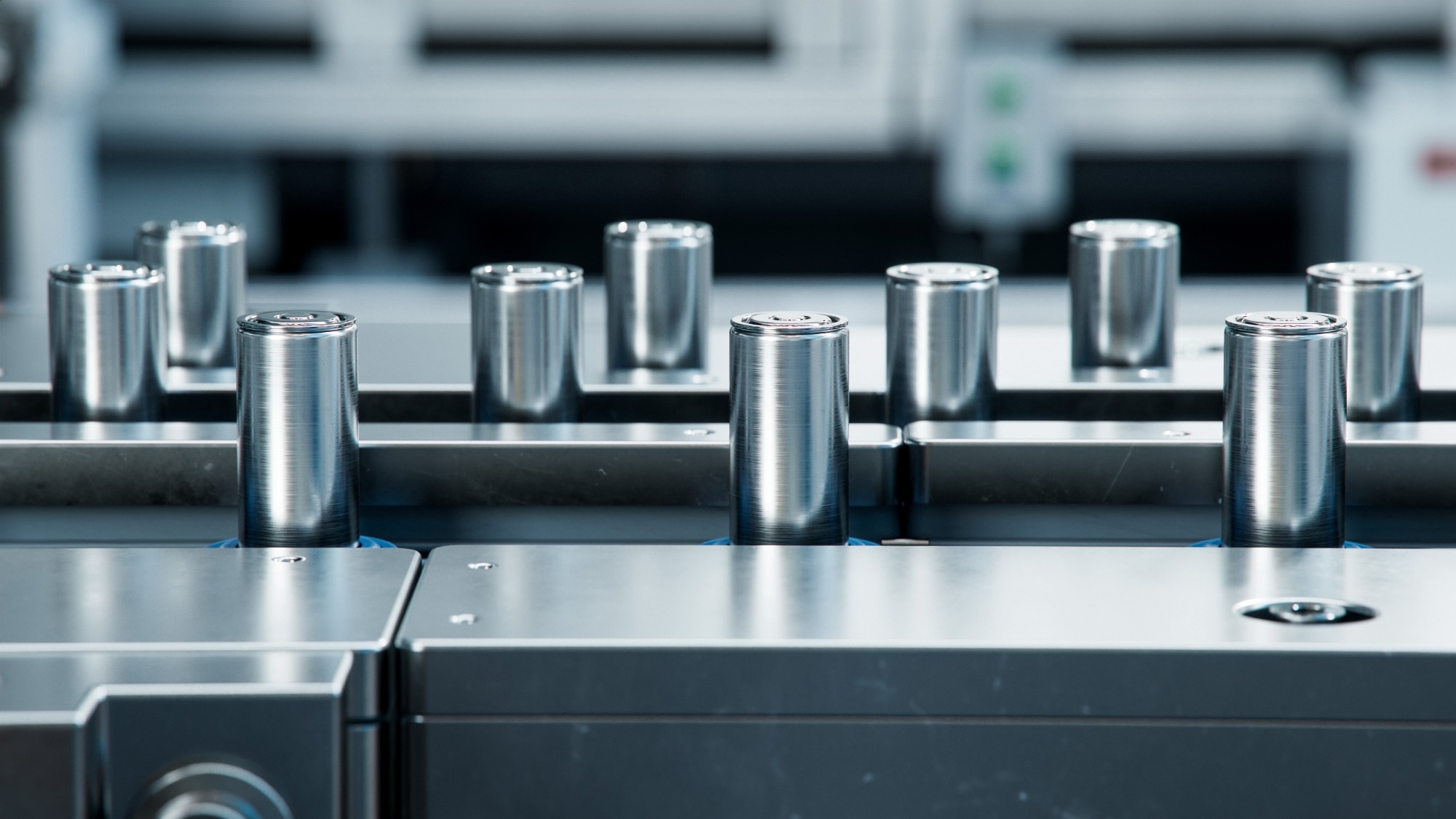Scientists from Fuzhou University say high-entropy materials could be the way forward for longer-lasting, more efficient batteries capable of operating reliably, from polar extremes to aerospace conditions.
 Image Credit: IM Imagery/Shutterstock.com
Image Credit: IM Imagery/Shutterstock.com
The new review outlines how these materials boost stability, extend cycle life, and improve performance across lithium, sodium, potassium, and wide-temperature battery systems. Published in Nano-Micro Letters, it highlights how high-entropy materials (HEMs) may help to overcome some of the most pressing challenges in energy storage.
As worldwide energy requirements increase and fossil fuel supplies diminish, next-generation batteries must provide enhanced energy density, extended cycle life, and tolerance to extreme temperatures.
The study presents a strategic framework for entropy-driven battery design, spanning alloys, oxides, and MXenes.
The configurational entropy of HEMs stabilizes structures and unlocks novel electrochemical properties. These characteristics can result in a few key advantages.
First, structural stability. High entropy suppresses phase separation, lattice distortion, and the dissolution of transition metals. By preventing structural degradation, battery life can be extended beyond 5,000 cycles. Multi-element synergy, or the "cocktail effect," is another major benefit. This synergy enables the fine-tuning of redox potential, ionic conductivity, and catalytic activity without relying on expensive noble metals.
Another significant factor of high entropy is wide-temperature resilience. With entropy stabilization, retention of over 90 % battery capacity can be achieved between - 50 °C to 80 °C, which is particularly useful in extreme climates, such as polar science or in aerospace.
High-entropy materials can be classified into three main categories: high-entropy alloys (HEAs), high-entropy oxides (HEOs), and high-entropy MXenes. Each presents unique electron and ion pathways. These materials are usually formed by mixing five or more principal elements in equimolar or near-equimolar ratios, achieving a configurational entropy that favors single-phase solid solutions.
The review assessed a diverse range of syntheses, including carbothermal shock and liquid-metal reduction, that produce nanoparticles, nanosheets, and 3D-printed electrodes below 400 °C.
Such HEMs have potential in a broad range of applications. In lithium-ion batteries, for example, cobalt-free HEO spinels delivered a capacity of 1,645 mAh g−1 at a current rate of 0.2 A g−1, and retained 596 mAh g−1 after 1,200 cycles in lithium-ion batteries.
Advancing HEMs from lab-scale materials to industrial gigafactory production in the battery industry will require scalable, low-temperature synthesis methods, in situ characterization techniques, and open data platforms, according to the review authors.
Journal Reference:
Xin, Y., et al. (2025) High-Entropy Materials: A New Paradigm in the Design of Advanced Batteries. Nano-Micro Letters. doi.org/10.1007/s40820-025-01842-w